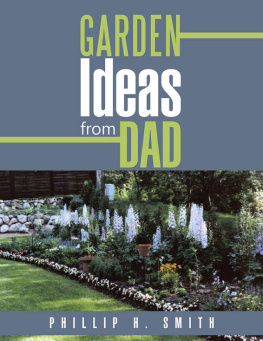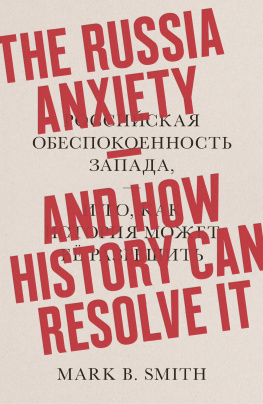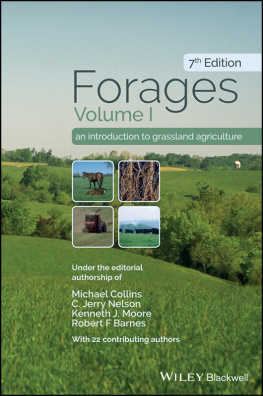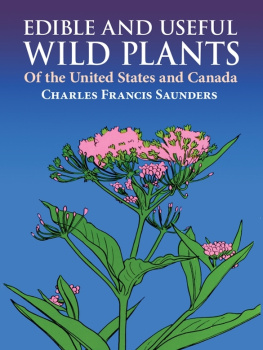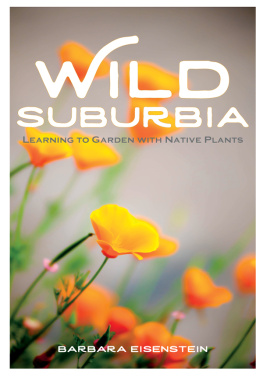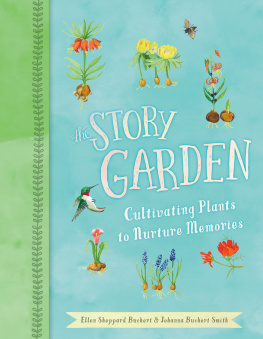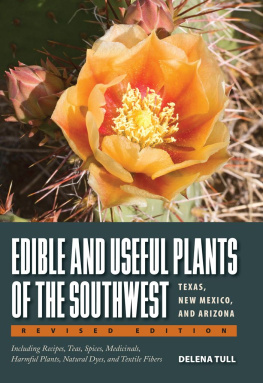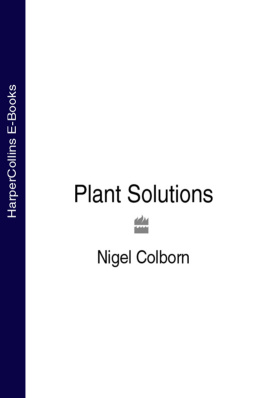
AuthorHouse
1663 Liberty Drive
Bloomington, IN 47403
www.authorhouse.com
Phone: 1-800-839-8640
2014 Phillip H. Smith. All rights reserved.
No part of this book may be reproduced, stored in a retrieval system, or transmitted by any means without the written permission of the author.
Published by AuthorHouse 03/02/2015
ISBN: 978-1-4969-5060-4 (sc)
ISBN: 978-1-4969-5061-1 (e)
Any people depicted in stock imagery provided by Thinkstock are models, and such images are being used for illustrative purposes only.
Certain stock imagery Thinkstock.
Because of the dynamic nature of the Internet, any web addresses or links contained in this book may have changed since publication and may no longer be valid. The views expressed in this work are solely those of the author and do not necessarily reflect the views of the publisher, and the publisher hereby disclaims any responsibility for them.

Contents
Phil Smith is a member of various garden organizations and has been a gardener since he was eight years old. He was born in Hartford City, Indiana, in 1936 and obtained his engineering degree at Purdue University in 1956 at age 20. He then earned a J D (Doctor of Jurisprudence) law degree at Indiana University in 1959. Mr. Smith specialized in trademark law in Minneapolis with the firm of Merchant, Gould, Smith and Edell, now known as Merchant & Gould. He wrote the law book Intent-To-Use Trademark Practice published in 1992 by BNA Books.
Because of his interest in gardening and plant terminology, Mr. Smith wrote and prosecuted several U.S. Plant Patents. The most well known is Plant Patent 7,197 on the Honeycrisp apple which was developed by the University of Minnesota.
Phil Smith had extensive flower gardens at the home of he and his first wife Anne on Coolidge Ave in St. Louis Park. Quite a few years later, Phil and his second wife Wanda had a home in the Tyroll Hills subdivision of Golden Valley, and Phil had large flower gardens there. The writer retired at age 57 and then he and Wanda lived in Montana in the summer and Florida in the winter. Phils gardens in Golden Valley were on tours most summers, sometimes by nation-wide groups.
The author has been a member of the Mens Garden Club of Minneapolis (now known as the Mens and Womens Garden Club of Minneapolis) for over 50 years, and he also served as President of the Minnesota State Horticultural Society in 1973 and 1974. Phil was one of the founders of the Minnesota Landscape Arboretum and was the first chair of their Board of Directors. Also, for several years he was the U.S. Vice-President of the Delphinium Society headquartered in England. The primary interests of the author are perennials and the design of flower borders with numerous varieties.
The author wishes to note that all the photos included in this book are photos taken of the authorss various gardens, except for the two photos on page 54 of the Koopmans garden in Faribault, Minnesota.
With respect to the plants reviewed in this book and the authors recommendations on plant culture, we will generally be considering plant culture in climates north of the mid temperatures between the Gulf of Mexico and Canada. This does not refer to a straight line east to west across mid America, since temps change with elevations. Although I have never gardened in Canada, I assume this would include the southern areas of our northern neighbor, as well as southern areas in the U.S. which have higher elevations.
As a precaution, I wish to remind people that various plants may be poisonous to taste, and for some people to touch, so children in particular should be cautioned.
The photo below and the photos on next two pages show some features of the authors garden in Golden Valley, Minnesota.



The term border is a garden term often used in Great Britain. To me it primarily means a garden at the back or sides of a property or a garden bordering an expanse of lawn. The plant varieties used may depend on the space, the available depth of the garden, and the preferences of the gardener. If enough space is available, a border may feature some flowering shrubs in the background, fronted by a framework of hardy perennials and highlighted with some colorful annuals. I sometimes include spring bulbs, over which may be planted summer annuals.
A favorite design of the writer is a long sweeping curve at the front of the border, with a teardrop shape at one end. Another pleasing feature is to place some evergreens or shrubs at the end of one section, such as at the middle or end of a side yard garden, to partially block the next area. With this design, when one reaches the end and the beginning of the next area, there is the surprise of a new view to behold.
With respect to edgings, I like to use one color of an annual to line the front edge of a border, such as alyssum, fibrous begonias, or other dwarf plants. However, if a landscape has significant changes in elevation, it may be nice to construct the border like a raised bed with a low retaining wall in front. This also provides good drainage. As for dimensions, I prefer at least ten feet in depth to design a nice border. Otherwise, perhaps just a planting of shrubs or perhaps a specialty grouping, such a hostas or annuals, will suffice. When deciding how to arrange the desired plants, the general idea is to place the taller types (such as delphiniums, foxglove, monkshood) in back, intermediate heights in mid range and more dwarf varieties in front. However, I will occasionally place a highlight feature in the front area by inserting a taller perennial as a special display.
Gardeners sometimes work hard to achieve a desired color arrangement, such as yellows with blues and purple, reds with pink or orange, blues with whites, etc. However, I normally follow just one rule, and that is to include a generous amount of white, which sets off the other colors.
Doing this seems to let the other color arrangements generally work without much effort in laying out color patterns. Sometimes we read about gardens with all the various plants being all the same color. I will always cherish the all-white garden at Sissinghurst Castle in England. It has for many years been my dream to design and plant such a garden but to date have not yet got it done.
The photos below show portions of my previous borders in St. Louis Park, Mn, including the garden tool shed I designed and built.


As to spacing and grouping of plants, I like to use groupings of three or five of the same species, depending on size, and spaced according to the variety. For example, I would space delphiniums in the background about three feet apart, but a grouping of aquilegia or dianthus near the front might be spaced about 12 inches apart.
Next page
